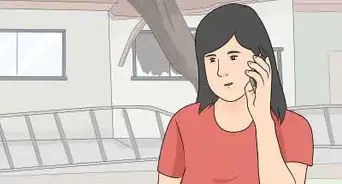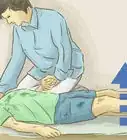This article was co-authored by wikiHow staff writer, Christopher M. Osborne, PhD. Christopher Osborne has been a wikiHow Content Creator since 2015. He is also a historian who holds a PhD from The University of Notre Dame and has taught at universities in and around Pittsburgh, PA. His scholarly publications and presentations focus on his research interests in early American history, but Chris also enjoys the challenges and rewards of writing wikiHow articles on a wide range of subjects.
This article has been viewed 25,922 times.
Learn more...
The best way to survive a lightning strike is, of course, to avoid being struck in the first place. However, if you’re caught in the open and sense that a lightning strike is about to happen, crouching down may help minimize the damage to your body. If you are hit, immediate medical attention and long-term physical and emotional therapy are essential—but you still must accept that your life may be forever changed.
Steps
Crouching When a Strike Seems Imminent
-
1Identify the tingling sensation and other possible signs of a strike. While there’s no truly reliable way to anticipate an imminent lightning strike, it’s possible you might be able to recognize signs of an electric charge building up. If you notice any of the following, play it safe and assume you’re in the proximity of a strike that’s about to occur:[1]
- A tingling sensation on your skin
- The hairs on your neck or arms standing up
- A dull, blue-white glow emanating from nearby metal objects[2]
- An unexplained buzzing, clicking, or crackling sound
-
2Crouch down and put your head between your knees. The goal is to get close to the ground without actually touching the ground with more than your feet. Keep your backside and hands off the ground, and stick your head between your knees.[3]
- Don’t lie flat on the ground. Most people are hit by lightning that has struck the ground nearby and traveled up through them, so don’t increase your amount of surface area touching the ground.
- Crouching down, however, will make a direct strike to your body less likely, and putting your head down keeps it (and your brain) from being your highest point (and most likely strike point).
Advertisement -
3Cover your ears to limit potential hearing damage. You’ve no doubt been startled by the loud boom of nearby lightning strikes before. If lightning strikes your or very close to you, the sound can be loud enough to cause permanent hearing damage.[4]
- You may still experience hearing damage even if you put your hands over your ears, but it’s likely to be less severe.
-
4Balance on the balls of your feet and touch your heels together. Reduce your surface contact with the ground by lifting up on the balls of your feet. If you also touch your heels together, it’s possible the lightning that strikes the ground will come up one foot, cross over to the other, and move back down into the ground, thereby reducing its impact on the rest of your body.[5]
- Remain flat on your feet if you’re unable to balance on the balls of your feet. Don’t put your hands down to steady yourself.
- The rubber soles on your shoes will not protect you from lightning.
Getting Immediate and Ongoing Help
-
1Encourage friends and family to Learn CPR and act immediately. A lightning strike can stop your heart and your breathing. While your heart may potentially restart itself, your respiration may not restart without immediate medical attention.[6]
- Bystanders can respond immediately after a lightning strike. The victim doesn’t carry any type of electric charge.
- An unconscious victim of a lightning strike shouldn’t be moved, so there is some danger in providing aid—it is possible, if statistically unlikely, for lightning to strike twice in the same place. However, immediate CPR offers the best chance of survival for a victim whose heart or respiration has stopped.
- A bystander should call emergency services as soon as possible.
-
2Prepare yourself for a long physical recovery process. Even though 90% of people who are struck by lightning survive, a great majority experience significant physical impacts. Lightning strikes can, for instance, cause severe burns, permanent nerve damage, and temporary (and rarely permanent) paralysis.[7]
- Some people walk away from lightning strikes, some spend days or weeks in the hospital, and some don’t survive. That’s why it’s so important to avoid lightning strikes whenever possible.
- Some victims end up with permanent scarring on their skin that looks like veins or tree roots. This tracks where the lightning coursed through their body.
-
3Accept that your memory and personality may be permanently affected. There is still a lot of mystery regarding the impacts of being struck by lightning, but it seems clear that many victims experience much more than just physical effects. Memory problems are commonly reported, and some victims seem to take on a noticeably different personality than before the strike—perhaps going from shy and reserved to boisterous, for instance.[8]
- Some experts theorize that the lightning strike in effect rewires the victim’s nervous system and thereby impacts the brain.
- It’s not always easy for victims to recognize changes in their personality, but loved ones may sometimes feel as though they are dealing with a completely different person.
-
4Seek out professional therapy and lightning strike survivor groups. The psychological impacts of a lightning strike may last far longer than the physical ones. You may experience confusion, fear, doubt, anger, and a range of other emotions. Speaking to a trained therapist is often an important step in learning to live your life post-lightning strike.[9]
- Survivors of lightning strikes often benefit from connecting with others who have experienced the same trauma—they, after all, are people who can truly understand what you’re going through. Search online for lightning strike survivor groups.
Avoiding Lightning Strikes
-
1Plan ahead before you go outdoors. Thunderstorms can pop up quickly, even on sunny days. Any time you have an outdoor activity planned, take the time to check the weather forecast and make a contingency plan for a thunderstorm. For instance:
- If you're having a picnic, make sure there is a sturdy building nearby everyone can go into, or that everyone knows to go into their cars if necessary. The picnic pavilion will not provide adequate lightning protection.
- Don't go boating when there is a fair chance of thunderstorms, and head back to shore as soon as you see any indication of an incoming storm. If you're caught in the boat, huddle in an interior area and don't touch any metal parts.
- If there is a high probability of thunderstorms, just change your plans to an indoor activity. For instance, go to the museum instead of the pool!
-
2Use the “30/30 Rule” to limit your exposure to potential strikes. The safest bet is to stay indoors anytime you can hear thunder. However, your risk of being struck while outdoors decreases if you can count to 30 between seeing a flash of lightning and hearing the sound of thunder.[10]
- Aim for counting 30 seconds, not counting as fast as you can to 30!
- As for the other half of the “30/30 Rule,” you should remain indoors for at least 30 minutes after you hear the last rumble of thunder.
-
3Seek shelter in a sturdy building with plumbing and wiring. Pavilions and sheds provide no protection from lightning, and may in fact attract lightning to that location. However, sturdy structures, like homes and businesses, have plumbing and electrical lines that will direct the strike into the ground. So long as you remain near the middle of the structure and don’t touch any plumbing or wiring, you’ll likely not be injured.[11]
- If you’re caught outdoors and a pavilion or a tree is your only option for cover, opt for crouching down in a low-lying area that’s not covered in water.
-
4Stay in your car, if necessary, and don’t touch any metal surfaces. If your car is struck by lightning, the metal frame will usually direct the lightning strike around you and into the ground. Keep your hands, feet, and body away from any metal surfaces while inside the car.[12]
- If you can safely get to a sturdy building, do so. Otherwise, remain in your car.
- Convertibles, even with a fabric top closed, don’t provide this protection!
-
5Take sensible precautions, but don’t live in fear of lightning strikes. Even though around 240,000 people globally are struck by lightning each year, your odds of being struck are very low. Also, only about 10% of people—about 24,000 per year—worldwide are killed by lightning strikes.[13]
- So, as long as you stay indoors during thunderstorms and take other precautionary measures, your chance of ever being hit by lightning will remain minuscule.
References
- ↑ https://www.livescience.com/38313-how-to-survive-a-lightning-strike.html
- ↑ https://www.artofmanliness.com/articles/how-to-survive-a-lightning-strike-an-illustrated-guide/
- ↑ https://www.livescience.com/38313-how-to-survive-a-lightning-strike.html
- ↑ https://www.livescience.com/38313-how-to-survive-a-lightning-strike.html
- ↑ https://www.livescience.com/38313-how-to-survive-a-lightning-strike.html
- ↑ https://www.businessinsider.com/what-to-expect-when-you-survive-lightning-2016-4
- ↑ https://www.businessinsider.com/what-to-expect-when-you-survive-lightning-2016-4
- ↑ https://www.businessinsider.com/what-to-expect-when-you-survive-lightning-2016-4
- ↑ https://www.cnn.com/2017/05/25/health/lightning-strike-human-survival/index.html
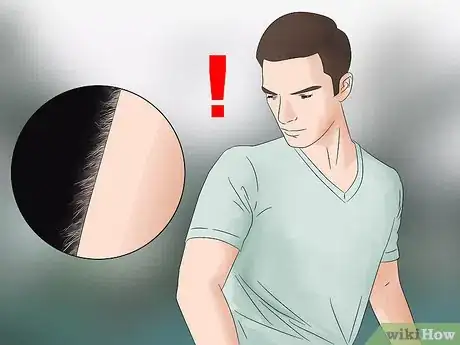
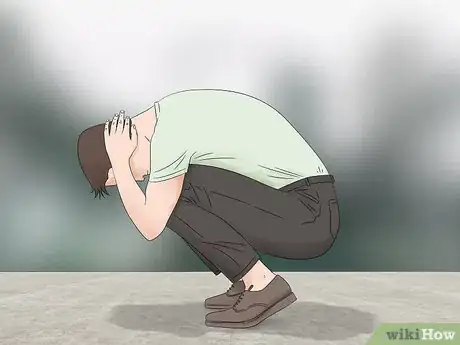
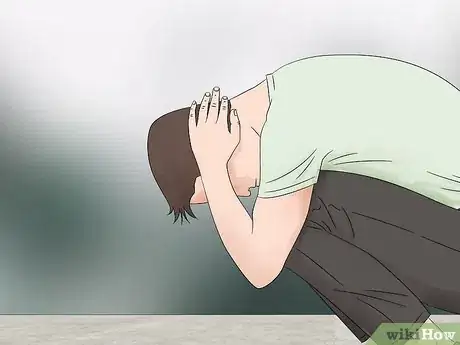
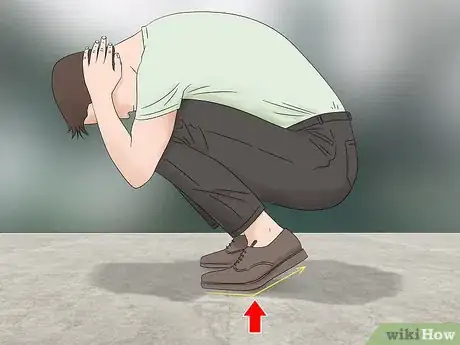



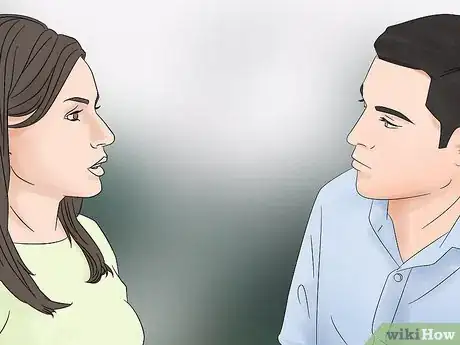
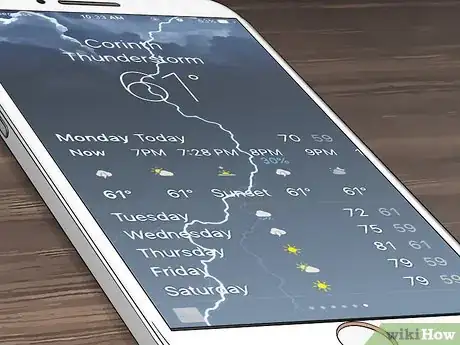


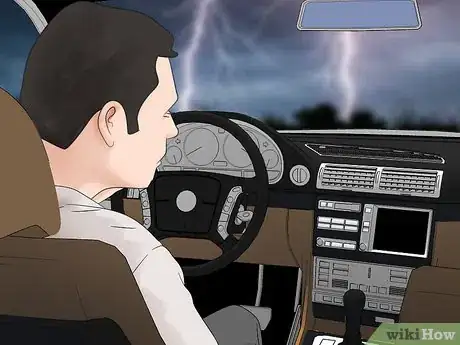
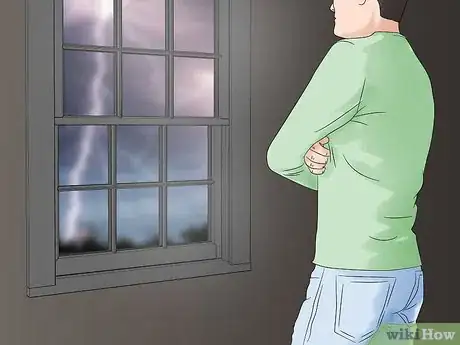
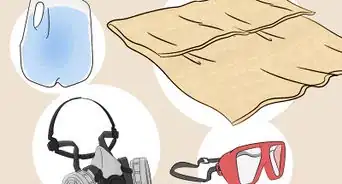
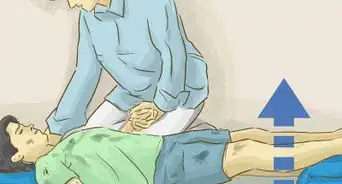







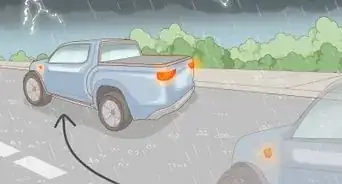
-Step-13.webp)


